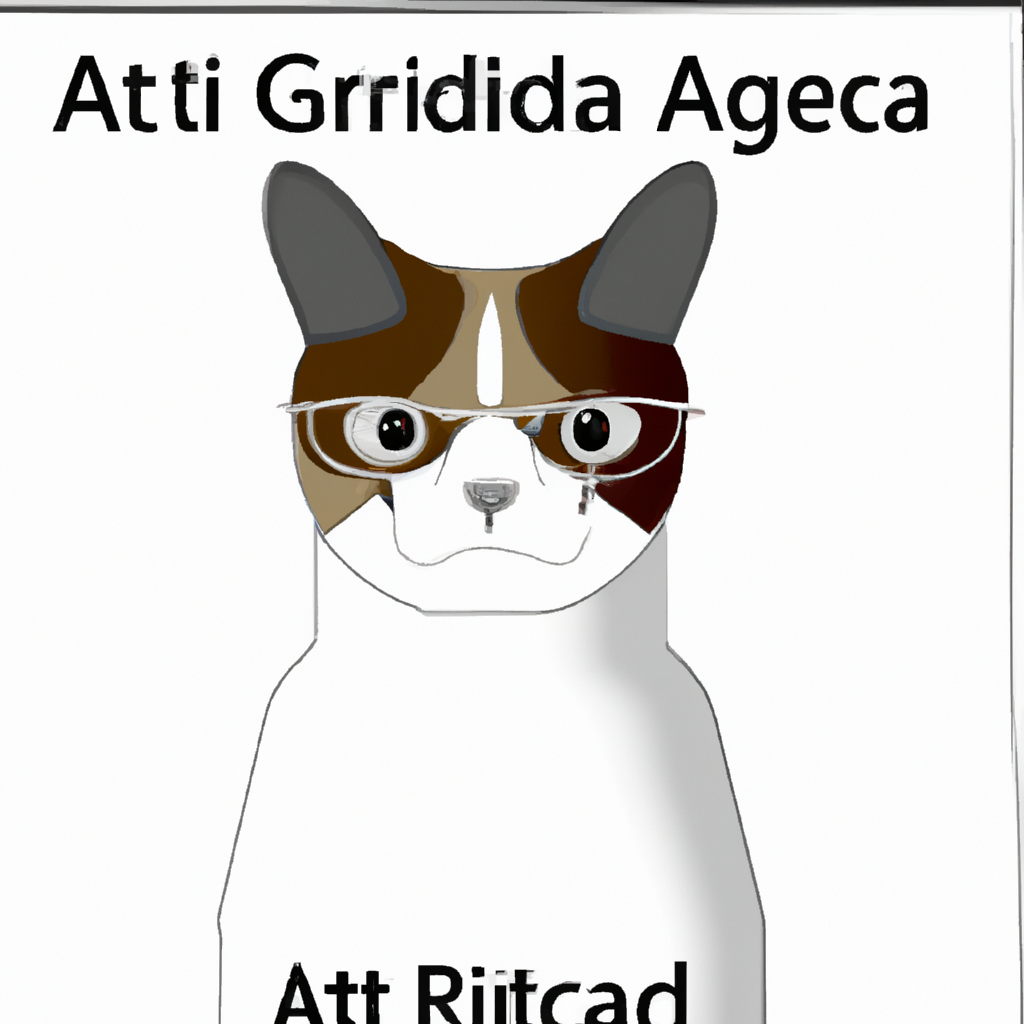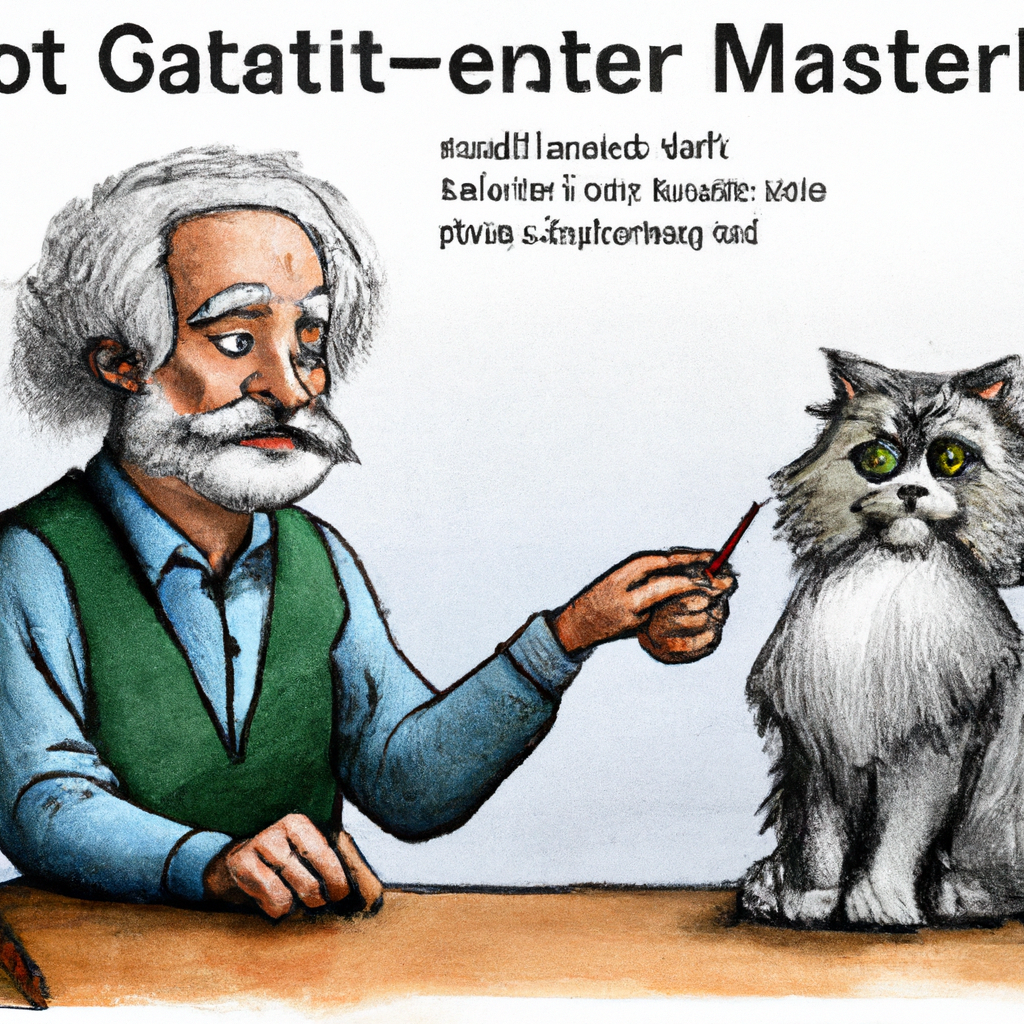
Title: A Beginner’s Guide to Artificial Intelligence
Artificial Intelligence (AI) is a rapidly evolving field that has permeated almost every sector of life, from healthcare and finance to entertainment and transportation. As the technology continues its upward trajectory, understanding AI becomes increasingly essential for both individuals and businesses. This article will explore what AI is, how it works, its different types, applications of AI in everyday life along with some simple examples.
Understanding Artificial Intelligence:
At its core level, artificial intelligence refers to the simulation of human intelligence processes by machines or computer systems. These processes include learning (the acquisition of information and rules for using the data), reasoning (using these rules to reach approximate or definite conclusions), self-correction capabilities along with understanding complex content.
How Does It Work?
The primary objective behind creating an artificially intelligent system is making it capable enough so that it can learn from experience – similar to humans but without human intervention. Machine Learning (ML) algorithms are used which allows software applications become more accurate in predicting outcomes without being explicitly programmed for doing so.
Different Types Of AI:
There are two broad categories– Narrow AI which specializes in one single task such as voice recognition; this type powers Siri on your iPhone or recommendations on Netflix based upon past viewing patterns. The second category – Generalized AIs can theoretically perform any intellectual task that a human being can do like Google’s AlphaGo program beating world champions at chess game Go!
Applications In Everyday Life:
AI has seamlessly made way into our daily lives through various tools & technologies we use today including personal assistants like Amazon’s Alexa who uses speech recognition powered by ML techniques; social media feeds where Facebook tweaks user’s newsfeed based on their behavior pattern online; ride-sharing apps like Uber predicts arrival times thanks largely due machine-learning algorithms they employ among many other examples.
With advancements happening every day within realm artificial intelligence there might be question about how you could possibly engage yourself starting point could be online courses available platforms like Coursera, EdX, Udacity that offer comprehensive understanding about AI from scratch. They cover basics of machine learning algorithms to more advanced topics in deep learning & neural networks.
Another way to understand and engage with AI is by using simple tools and applications that incorporate this technology. For instance, playing around with chatbots on websites can provide a glimpse into how natural language processing (NLP), a subset of AI works. Similarly exploring Google’s AutoDraw or Quick Draw projects can give insights into how computer vision another major component artificial intelligence operates.
Furthermore if you are interested coding Python programming language most recommended beginners due its simplicity readability also because it has numerous libraries such as TensorFlow PyTorch specifically designed for Machine Learning Deep Learning tasks respectively.
In conclusion the world of artificial intelligence vast exciting one where possibilities are endless! Whether you’re just starting out your journey or looking deepen existing knowledge there’s always something new learn discover when it comes to AI so dive right start exploring!
Artificial Intelligence example is the use of chatbots in customer service. Chatbots are AI software designed to interact with humans in their natural language. These are usually used on websites, applications, and social media platforms to mimic conversation with human users.
Companies can utilize these AI-powered chatbots for a range of customer service tasks. For instance, they could be programmed to answer frequently asked questions about products or services, assist customers with troubleshooting issues or guide them through purchasing processes. This not only provides customers instant responses at any time but also reduces the workload on human staff members who can then focus on more complex queries that require a personal touch.
Furthermore, by utilizing machine learning techniques over time these chatbots can learn from past interactions and improve their responses leading to an enhanced user experience and overall improved efficiency within the organization’s customer support system.
Here’s a story about Gato Rico
Once upon a time, in the luxurious city of Meow York, lived an exceptionally wealthy cat named Gato Rico. He was no ordinary feline; he was known far and wide for his vast fortune amassed from years of successful tuna trading.
Gato lived in a grand mansion on Purr Avenue with all the luxuries one could imagine – diamond-encrusted litter boxes, silk-lined sleeping pods, and even his own personal chef who cooked up gourmet fish dishes every day. But what set him apart from other high-flying cats wasn’t just his wealth—it was how he had chosen to use it.
One bright sunny morning while sipping on some premium catnip tea (imported straight from Catmandu), Gato came across an article about artificial intelligence (AI). Intrigued by this concept of machines thinking like humans, our rich kitty decided that AI would be the perfect tool to help manage his growing tuna empire more efficiently…and also keep track of where he left off during nap-time binges on ‘Birds & Bees: The Reality Show.’
With heaps of money at paw—er—hand, Gato hired top-notch engineers and scientists worldwide (humans obviously; cats were too busy chasing lasers) to develop ‘FurBrainz,’ an advanced AI system tailored specifically for felines. FurBrainz promised not only business solutions but also entertainment features such as recreating mouse chases virtually—a significant upgrade considering real mice were getting faster these days!
As weeks turned into months under rigorous development and testing phases filled with bouts involving laser pointers gone rogue or random zoomies at midnight—the big day finally arrived! FurBrainz went live!
The first few days saw minor hiccups as Furbrainz struggled with understanding why any sane entity needed 16 hours sleep or why knocking things over is fun. However soon enough it adapted perfectly well to its feline overlord’s lifestyle.
With FurBrainz, Gato Rico’s tuna trade flourished even more. The AI system efficiently managed his stocks, predicting the best times for buying and selling, all while playing soothing classical mew-sic in the background. It also kept track of his favorite reality show episodes – pausing when he fell asleep mid-watch and resuming once he was well-rested from his 7th nap of the day.
But what tickled Gato Rico pink (or rather orange since that was his fur color) were FurBrainz’s virtual mouse chases! The realistic simulations made him feel like a young kitten again, chasing after pixelated mice with intense focus…until it got bored five minutes later—because let’s face it; we’re still talking about cats here!
And so life went on in Meow York City for our rich cat – filled with successful trades by day and wild ‘mouse’ chases at night—all thanks to artificial intelligence. But no matter how much fun AI brought into Gato Rico’s life—he never forgot one primary rule: always switch off any tech before napping because nothing should interrupt those sacred sleep hours…nothing at all!






